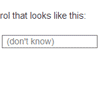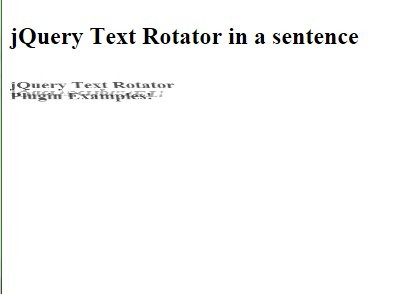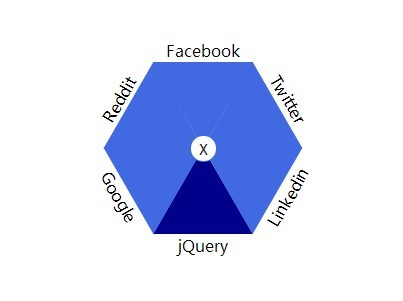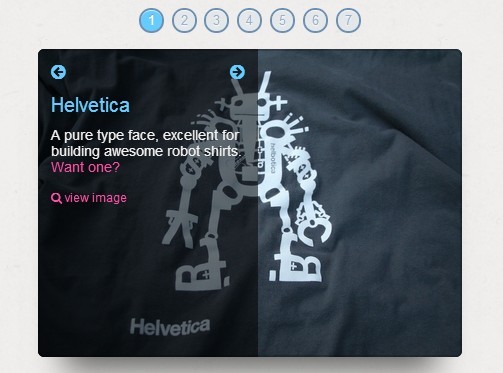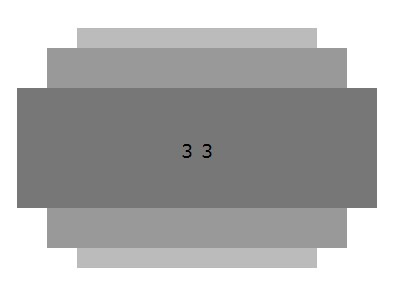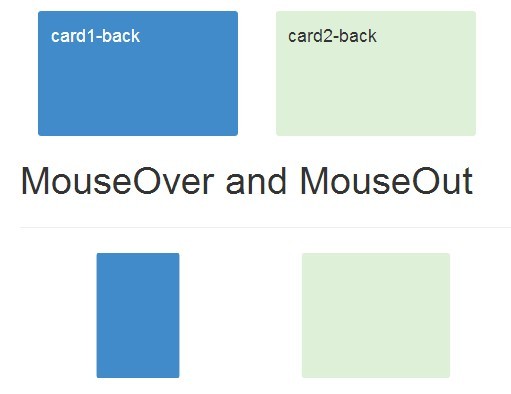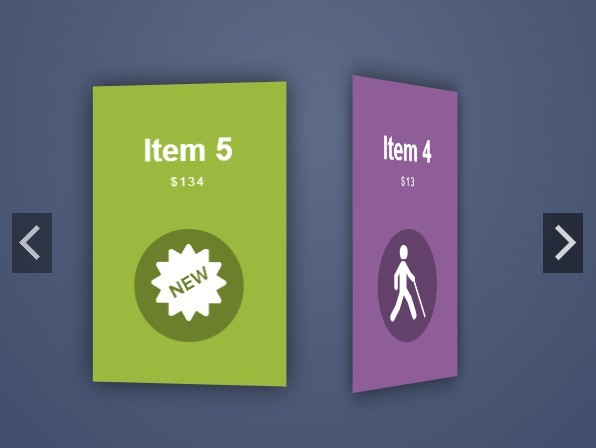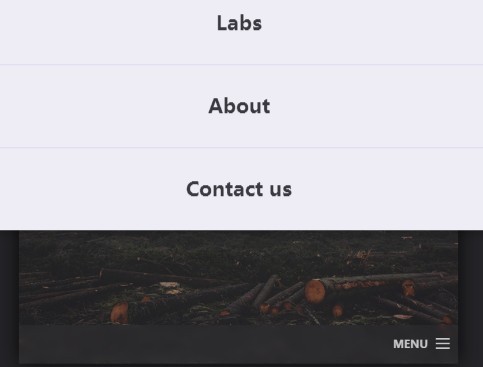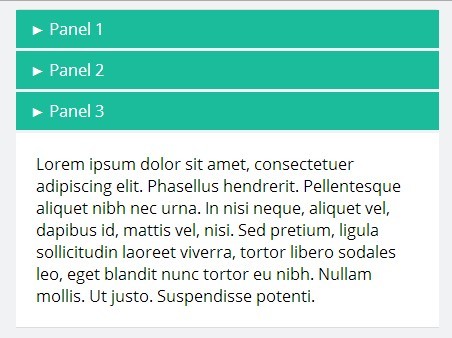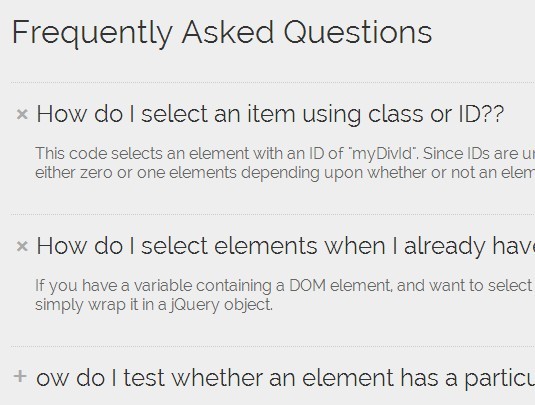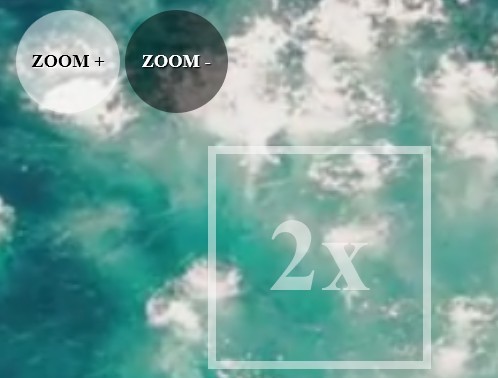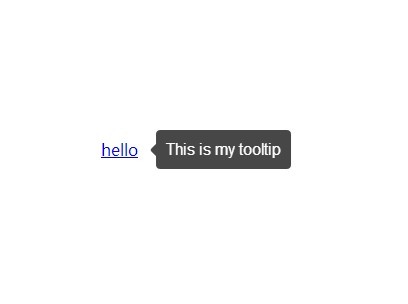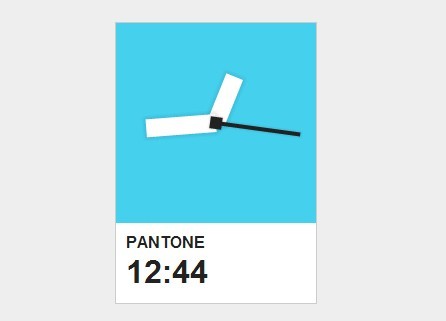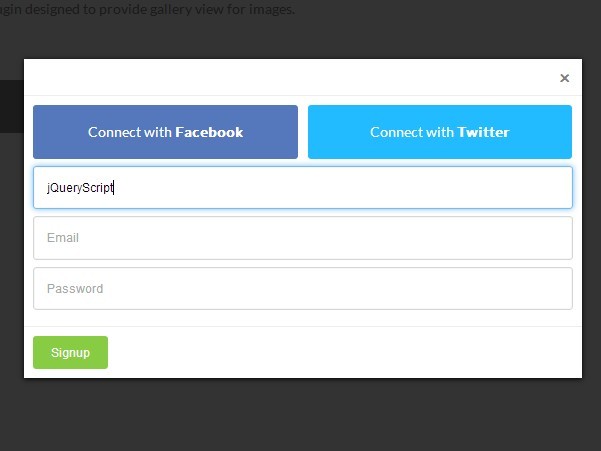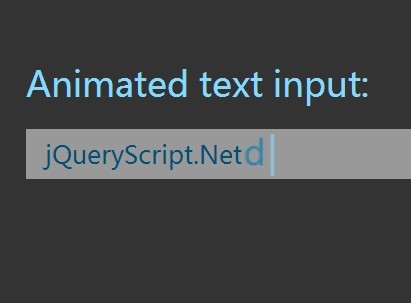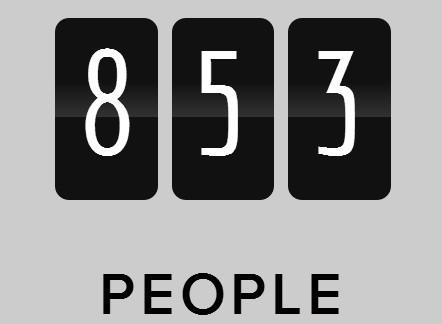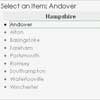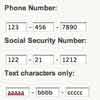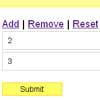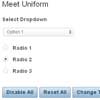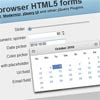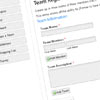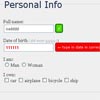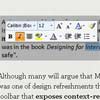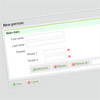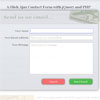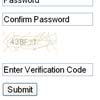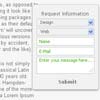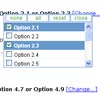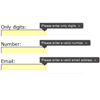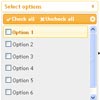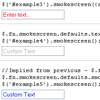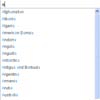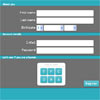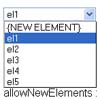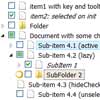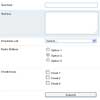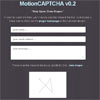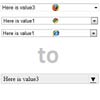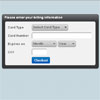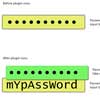noInput
noInput is a jQuery plugin for displaying inline labels similar to HTML 5's placeholders, and that lets you style the placeholder text.
Usage
You may sometimes want to indicate what leaving an <input> or <textarea> element blank indicates. The HTML 5 placeholder attribute does this, but doesn't let you style placeholder text. The jQuery noInput plugin places a label that you specify within the element and then hides it when the element gets focus and when it has content. The result looks like the "(don't know)" below:
Usage
-
You can find supporting CSS in jquery-noInput.css that styles the
label.iLblclass as an example. You will doubtless want to adjust it for the label class or classes you will use, and incorporate the results into your own CSS file:label.iLbl { position:absolute; margin:2px 0 0 8px; padding:0; line-height:20px; font-weight:400; font-size:14px; color:#888; } -
In the
<body>of your HTML page, wherever you want an<input>or<textarea>element with an inline label like "(don't know)", enclose the element and associated label in a<div>that has the CSS styleposition: relative;. -
You can apply a normal label to the input element, but in addition to that, add an empty
<label>element with:-
classequal to a class like"iLbl"that you style for the purpose, with the CSSposition:absolute;. -
forequal to theidof the input element in which it will appear -
idequal to theidof that input element with the letter 'L' appended to the end -
leftin some cases set to a value that places the inline label at the desired horizontal positionFor example:
The last king of Norway:
-
-
At the end of the HTML body, you can include the jquery-noInput.min.js Javascript file:
<script type="text/javascript" src="./js/jquery-noInput.min.js"></script>Of course, since it's a simple script, you'll probably prefer to consolidate it into a .js file of your own, instead.
-
Finally, use jQuery to apply
noInputto every label of class.iLbland pass it the "(don't know)" text that you want to appear when there is no content in the input element:<script type="text/javascript">$(".iLbl").noInput( "(don't know)" );</script>
The result is an <input> control that looks like this:
Feedback?
I suspect there may be better ways to accomplish some of what I'm doing here, and I'd much appreciate any help, corrections or suggestions!
